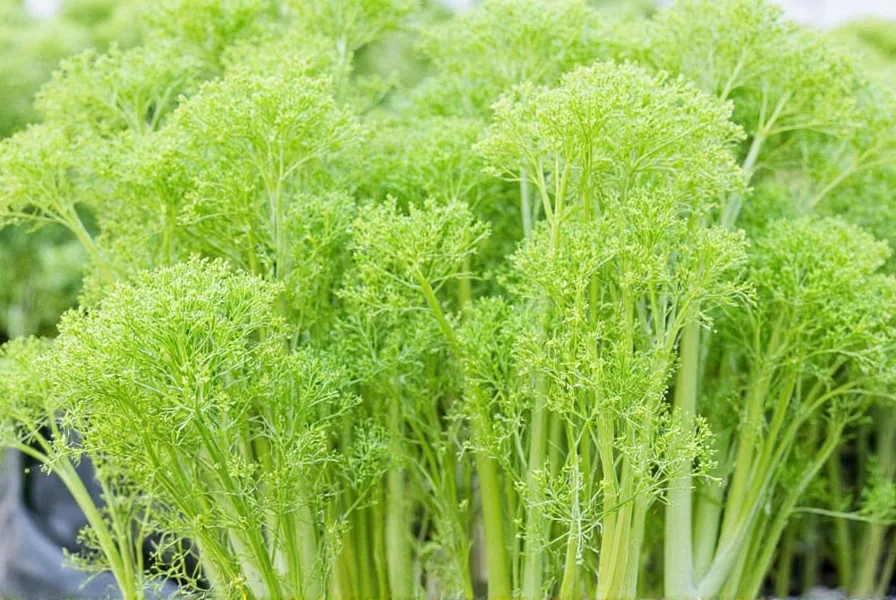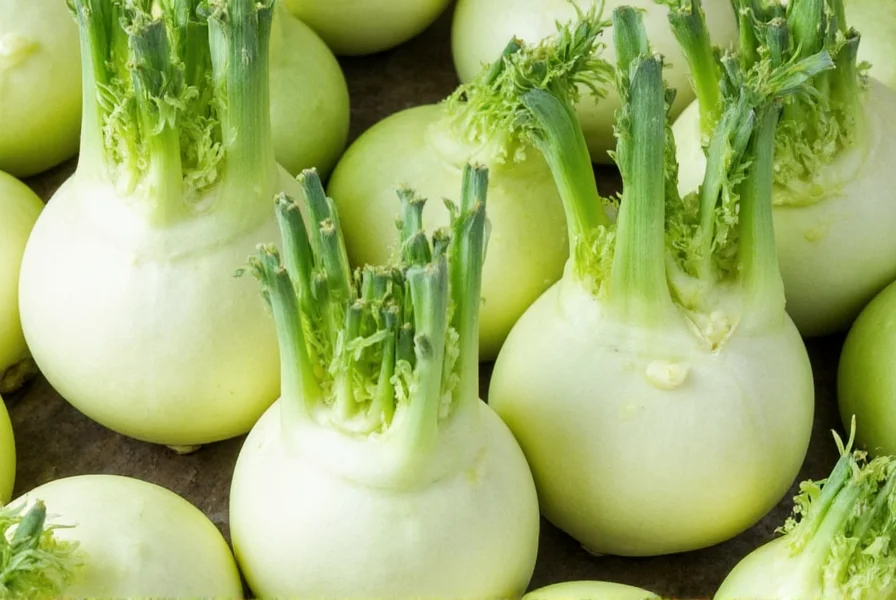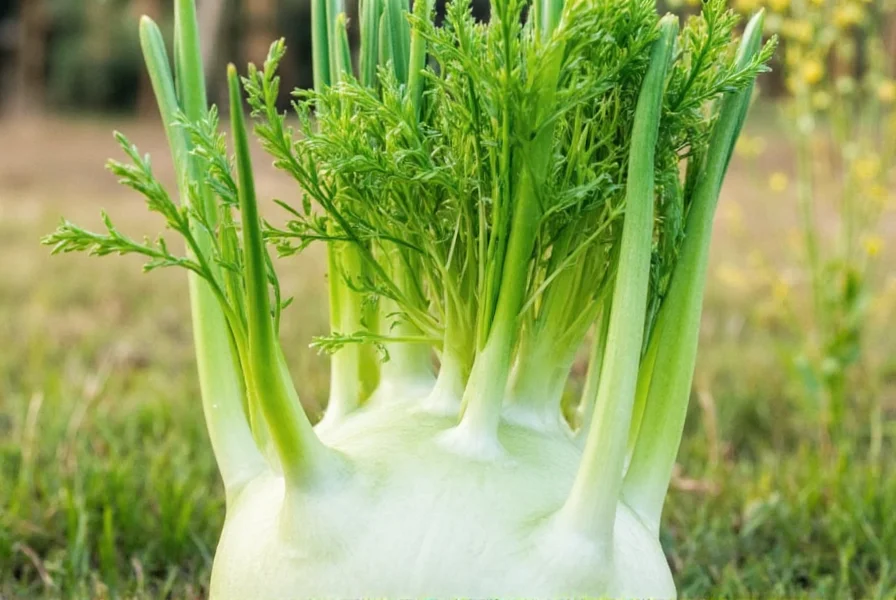Fennel (Foeniculum vulgare) stands as one of the most versatile plants in the culinary world, offering multiple edible components that each bring unique flavors and textures to dishes. This perennial herb features a bulbous base, delicate feathery fronds, and small aromatic seeds, all of which find their place in kitchens across various culinary traditions.
Understanding Fennel's Botanical Profile
Fennel belongs to the same plant family as carrots, parsley, and dill, but its distinctive anise-like flavor sets it apart. Unlike its relatives, fennel develops a substantial bulb at its base, which is the part most commonly used as a vegetable in Western cuisine. The plant can grow up to six feet tall when allowed to flower, producing yellow blossoms that eventually yield the familiar fennel seeds.
Different Parts of Fennel and Their Culinary Applications
What makes fennel particularly valuable is that every part of the plant serves a purpose in cooking. Understanding these components helps maximize its use in your kitchen:
| Part of Fennel | Characteristics | Common Culinary Uses |
|---|---|---|
| Bulb | Crisp, white to pale green, with a slight sweetness and mild anise flavor | Raw in salads, roasted, grilled, braised, or sautéed as a side dish |
| Fronds | Delicate, feathery green leaves with concentrated flavor | Chopped as herb garnish, added to salads, mixed into dressings, or used as dill substitute |
| Seeds | Small, oval, greenish-brown with intense aromatic flavor | Spice in sausages, breads, curries, and pickling; used whole or ground |
| Stalks | Thin, hollow, slightly tougher than fronds | Used as herb in stocks, soups, and stews for flavor base |

What Does Fennel Taste Like?
When exploring what is fennel in terms of flavor, it's essential to understand its distinctive taste profile. Raw fennel bulb offers a crisp texture similar to celery but with a refreshing sweetness and subtle licorice-like notes. The intensity of this anise flavor varies depending on the preparation method—cooking mellows the flavor significantly, transforming it into a sweeter, more caramelized profile.
Many people wonder about the difference between fennel and anise. While both share similar flavor compounds (primarily anethole), they come from different plants. Anise refers specifically to Pimpinella anisum, whose seeds are used as a spice, while fennel encompasses the entire plant with multiple culinary applications. Star anise, another common point of confusion, comes from a completely different plant family altogether.
Nutritional Benefits of Fennel
Fennel isn't just flavorful—it's nutritionally impressive. A one-cup serving (about 85g) of raw fennel bulb provides:
- Approximately 27 calories
- 7 grams of carbohydrates
- 2.7 grams of dietary fiber (11% of daily value)
- 10% of the daily recommended intake of vitamin C
- Significant amounts of potassium and manganese
- Antioxidants including flavonoids and phenolic compounds
Traditional medicine has long recognized fennel's potential digestive benefits. Modern research suggests fennel may help reduce inflammation, support heart health, and provide antioxidant protection. The seeds, in particular, have been studied for their potential to ease digestive discomfort and menstrual symptoms.
How to Select and Store Fennel
When shopping for fennel, look for bulbs that feel heavy for their size with crisp, bright white layers and vibrant green fronds. Avoid bulbs with brown spots, splits, or flowering stalks emerging from the center, as these indicate age and potential toughness.
Proper storage extends fennel's shelf life significantly. Keep the whole bulb unwashed in a plastic bag in your refrigerator's crisper drawer, where it will stay fresh for 7-10 days. If you've cut the fennel, wrap the pieces tightly in damp paper towels before placing them in an airtight container.

Preparing and Cooking with Fennel
Preparing fennel is straightforward once you know what to do with fennel stalks and bulb. Start by trimming the stalks about an inch above the bulb and removing any tough outer layers. Cut the bulb in half lengthwise, then remove the tough core at the base before slicing or chopping as needed.
Culinary applications for fennel span numerous techniques:
- Raw: Thinly slice the bulb for salads, where its crisp texture and mild flavor shine
- Roasted: Toss wedges with olive oil and roast at 400°F until caramelized and tender
- Grilled: Slice thickly, brush with oil, and grill for smoky-sweet flavor
- Braised: Cook slowly in broth or wine until meltingly tender
- Soup base: Use chopped bulb and stalks as part of your mirepoix for added depth
Fennel Substitutes and Pairing Suggestions
If you're wondering what to use instead of fennel, several alternatives exist depending on whether you need the bulb or seeds. For the bulb, celery offers similar texture with less distinctive flavor, while茴香 (anise) provides closer flavor notes but lacks the same crunch. For seeds, anise seeds or dill can work in some applications, though the flavor profile will differ.
Fennel pairs beautifully with citrus, olive oil, seafood, pork, tomatoes, and other Mediterranean ingredients. The fronds make an excellent garnish for fish dishes, while the bulb complements roasted chicken or vegetable medleys.
Common Questions About Fennel
Understanding what fennel is often leads to several practical questions for home cooks and health-conscious eaters alike. Whether you're curious about preparation techniques or health implications, these answers provide clarity for common fennel inquiries.
Is fennel the same as anise?
No, fennel and anise are different plants that share similar flavor compounds. Fennel (Foeniculum vulgare) is a multi-part plant with edible bulb, fronds, and seeds, while anise (Pimpinella anisum) refers specifically to the seeds of another plant. Though both have an anise-like flavor due to the compound anethole, they come from different botanical families and offer distinct culinary applications.
Can you eat all parts of the fennel plant?
Yes, the entire fennel plant is edible. The bulb serves as a vegetable, the feathery fronds function as a fresh herb similar to dill, the stalks work well in stocks and soups, and the seeds are used as a spice. Each part offers slightly different flavor intensity, with the seeds being the most potent and the bulb providing the mildest anise notes.
Does fennel have any health benefits?
Fennel offers several potential health benefits. It's rich in fiber, vitamin C, and potassium, and contains antioxidants like flavonoids. Traditionally used to support digestion, some studies suggest fennel may help reduce inflammation and ease menstrual discomfort. The seeds, in particular, have been studied for their potential digestive benefits, though more research is needed to confirm many traditional medicinal claims.
How do you cut and prepare fennel bulb?
To prepare fennel bulb, first trim the stalks about an inch above the bulb and remove any tough outer layers. Cut the bulb in half lengthwise, then remove the tough core at the base. From here, you can slice, dice, or cut into wedges depending on your recipe. For salads, thin slices work best, while roasting typically uses wedges. Always wash fennel thoroughly before preparing, as dirt can collect between the layers.
Why does my fennel taste bitter?
Fennel can taste bitter if it's past its prime or if you're using older, tougher parts of the plant. The outer layers of the bulb often contain more bitterness, which is why removing them is recommended. Cooking methods like roasting or braising help caramelize natural sugars and reduce bitterness. If your fennel tastes unpleasantly bitter, it may be overripe or improperly stored—fresh fennel should have a mild, slightly sweet anise flavor rather than pronounced bitterness.











 浙公网安备
33010002000092号
浙公网安备
33010002000092号 浙B2-20120091-4
浙B2-20120091-4